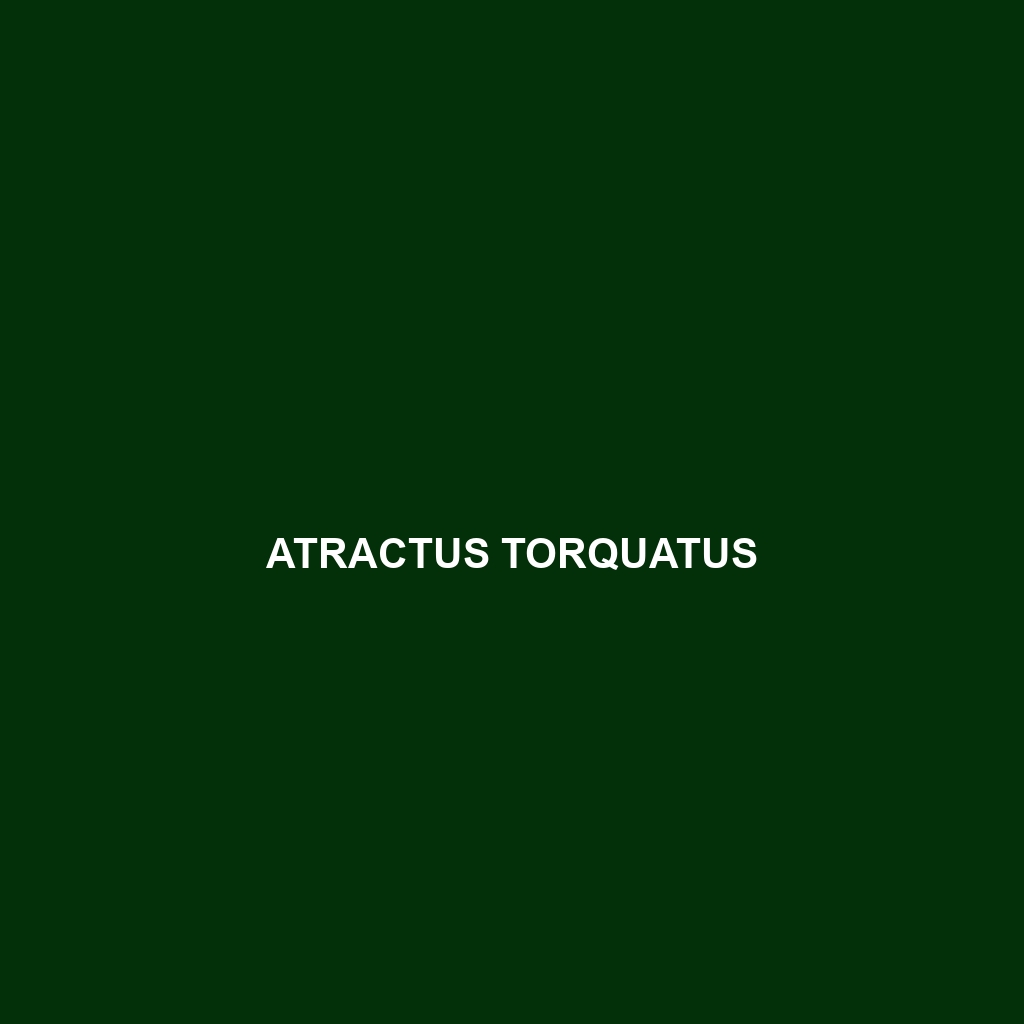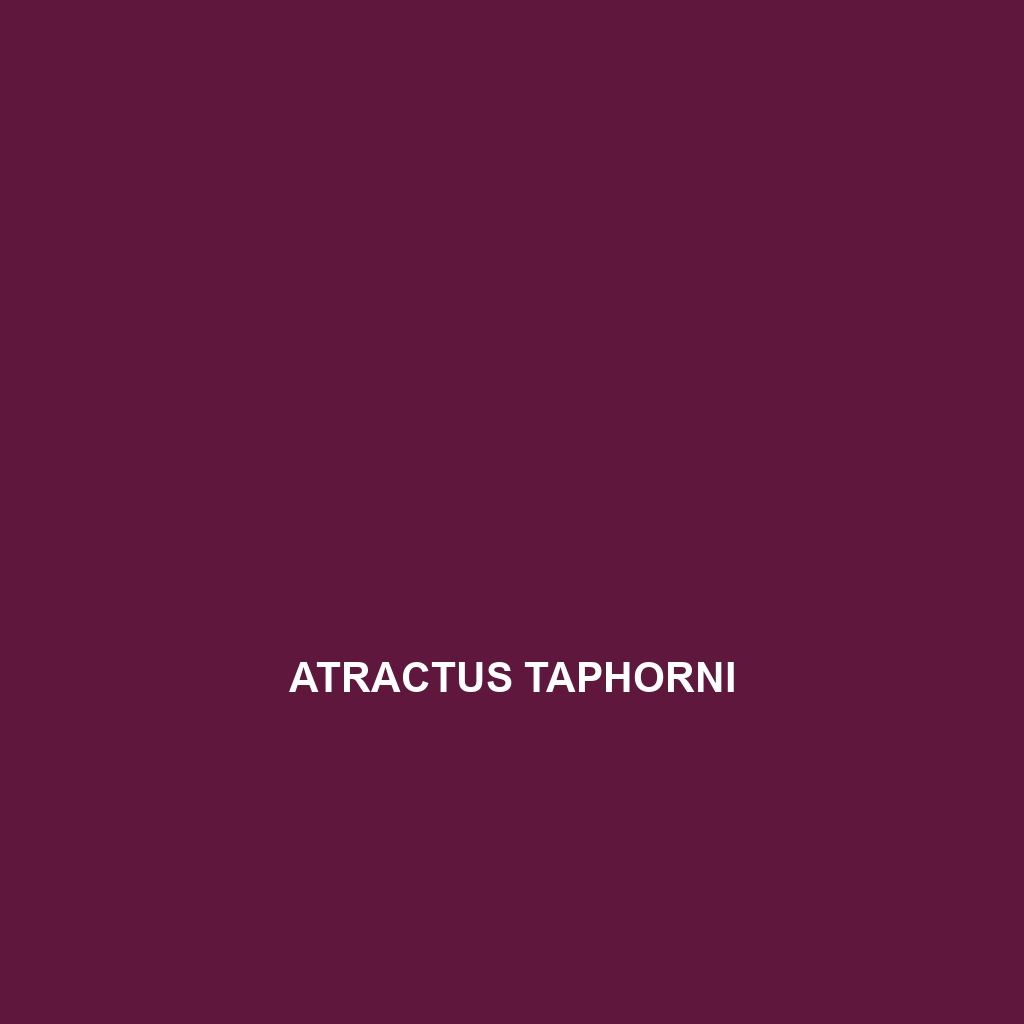
Tag: Habitat Destruction
-

Bachia oxyrhina
Discover the Bachia oxyrhina, a medium-sized, insectivorous lizard native to the tropical regions of South America, characterized by its elongated, flattened body, distinctive pointed snout, and secretive behavior. This fascinating species is vital for ecosystem health, aiding in insect population control and soil aeration while facing threats from habitat loss.
-

Bachia geralista
The Bachia geralista, a slender, fossorial lizard found in Brazil’s tropical savannas, thrives in humid, well-drained sandy soils. Known for its impressive camouflage and insectivorous diet, it plays a crucial role in regulating insect populations and maintaining ecological balance.
-

Atractus ventrimaculatus
Loading…
-

Atractus trivittatus
Discover the fascinating Atractus trivittatus, or three-striped snake, a slender, nocturnal serpent native to the tropical rainforests of Central and South America. With its distinctive three stripes and adept burrowing skills, this elusive species plays a vital role in its ecosystem by controlling invertebrate populations while thriving in moist habitats.
-

Atractus torquatus
Loading…
-

Atractus taphorni
Atractus taphorni is a medium-sized, nocturnal snake found in the tropical rainforests of Central and South America, displaying distinctive brown and black bands for camouflage. This vulnerable species thrives in high humidity environments, feeding primarily on small invertebrates and playing a vital role in its ecosystem.
-

Atractus potschi
Discover the Atractus potschi, a slender, nocturnal snake native to the Amazon Rainforest in Colombia and Ecuador, characterized by its dark brown and black coloration, and a diet primarily consisting of small invertebrates. This harmless species plays a vital role in its ecosystem by regulating invertebrate populations and is recognized for its unique burrowing behavior…
-

Atractus natans
Discover the captivating Atractus natans, a slender, nocturnal snake from the Amazon rainforest, characterized by its smooth, dark brown to black body adorned with lighter stripes. This elusive species plays a vital role in its ecosystem by preying on small invertebrates and contributing to ecological balance.
-

Atractus macondo
Loading…
-

Atractus lancinii
Discover the Atractus lancinii, a non-venomous snake native to the tropical forests of Colombia and Ecuador, known for its striking glossy black or dark brown coloration with yellow or white bands. This nocturnal species thrives in moist, lowland habitats and plays a vital role in its ecosystem by regulating insect populations through its diet of…
Search
Popular Posts
-
Clelia clelia
Discover the Eastern Racer, Clelia clelia, a stunning snake native to Central and South America, known for its striking black and yellow scales and agility. This diurnal predator thrives in tropical habitats, playing a vital role in local ecosystems by controlling populations of frogs and small mammals.
-
Craspedocephalus puniceus
Discover the vibrant Craspedocephalus puniceus, or Scarlet-headed Rock Python, known for its striking red head and patterned body, thriving in the tropical forests of Southeast Asia. This nocturnal predator plays a crucial role in its ecosystem, controlling rodent populations while exhibiting unique climbing behaviors and territorial displays.
-
Craspedocephalus gramineus
Discover the Craspedocephalus gramineus, or grassy-headed snake, a vulnerable species native to tropical grasslands in South America, characterized by its greenish-yellow coloration and nocturnal hunting behavior. This slender snake plays a vital role in its ecosystem, preying on small mammals and insects while showcasing impressive camouflage against its natural habitat.
Categories
Archives
Tags
animal adaptations (663) animal behavior (4569) animal reproduction (743) bat species (661) behavior (911) biodiversity (6468) conservation (1670) conservation efforts (1240) conservation status (4275) diet (2087) echolocation (822) ecological balance (1109) ecological role (1096) ecology (783) ecosystem (1467) ecosystem role (2480) ecosystem roles (539) endangered species (2280) environmental conservation (593) grasslands (520) habitat (3199) habitat conservation (813) Habitat Destruction (806) habitat loss (2616) herbivorous diet (517) IUCN Red List (1072) nocturnal (571) nocturnal animals (2678) nocturnal behavior (2108) omnivorous diet (585) physical characteristics (1921) reproduction (2821) rodent (677) rodent species (1325) seed dispersal (2023) Seed Disperser (949) seed dispersers (584) small mammals (1155) South America (769) species description (606) tropical forests (871) Vulnerable Species (3769) wildlife (2504) wildlife conservation (3993) wildlife protection (689)


